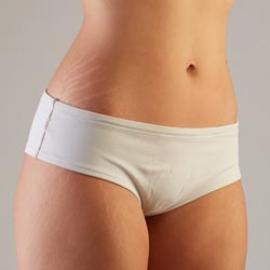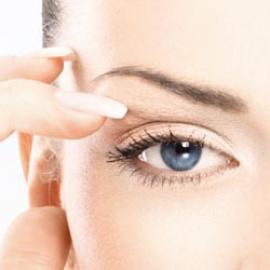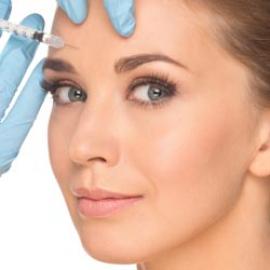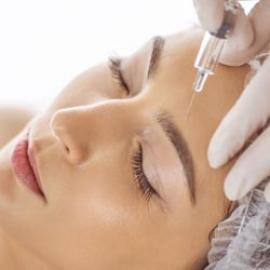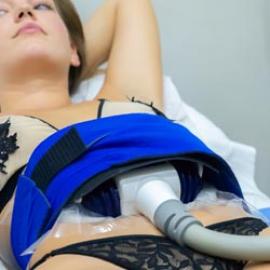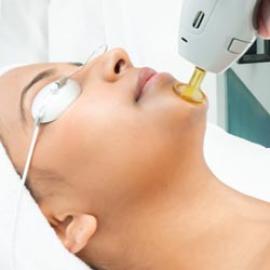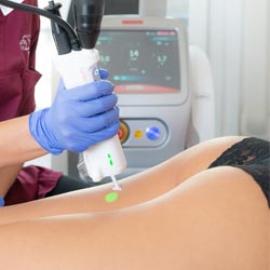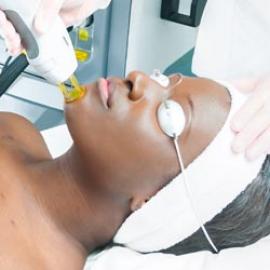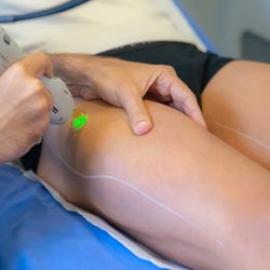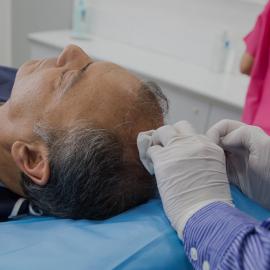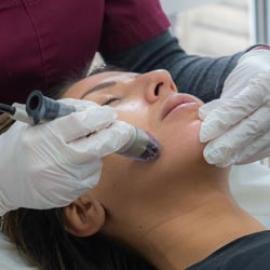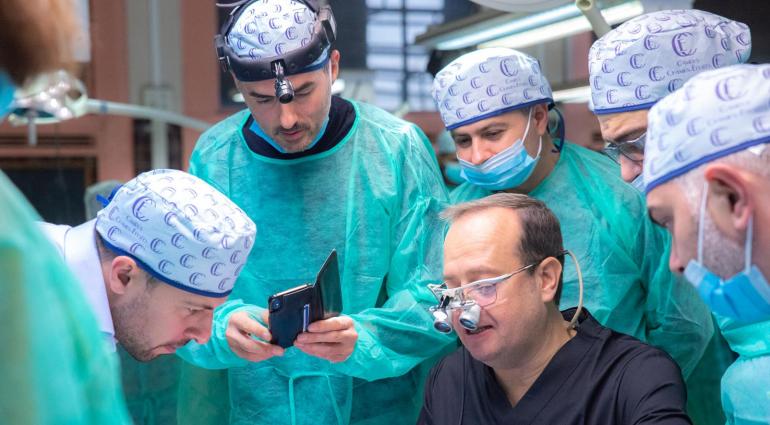
One in ten women has umbilicated nipples. Also known as invaginated nipples, they are unflattering and can cause hang-ups in some women. They can also be an obstacle to breast-feeding. Many women resort to cosmetic surgery to correct umbilical nipples and regain their psychological and esthetic well-being.
Umbilicated nipples: definition
The nipple is the opening in the middle of the breast areola that allows the milk to come out through the milk ducts after pregnancy. When these ducts are too small or curl back on themselves, the nipple goes back within the breast. Umbilicated nipples are thus inverted nipples. These nipples have the shape of an umbilicus (or navel), hence their name.
Not all cases of umbilicated nipples have the same level of severity.
- Stage 1: the nipples stand out when the breasts are subjected to the cold or when they are stimulated by the slightest pressure. They stay on the outside for a few moments before they retreat. Pregnancy can help get them to pop out, making breastfeeding feasible.
- Stage 2: The nipples emerge when subjected to repeated manual pulling and retraction almost instantly.
- Stage 3: the nipples will never pop out.
The Niplette method can be used in stages 1 and 2. A tiny, thimble-shaped mould sucks the nipple and pulls it out. After a few weeks of continuous use, the nipple can stay erect at all times. This is ideal for women who have troubles breast-feeding. However, if the woman has some hang-ups about them, she may contemplate surgery to unobstruct the nipple forever.
It is absolutely necessary to operate at stage 3 because the invagination of the nipple is induced by the retraction of the milk ducts which must be cut.
Umbilical nipples: the causes
Umbilical nipples are most often caused by milk ducts that are too short and pull the nipple inward. Milk ducts are the channels that deliver and secrete milk during breast-feeding.
There are, however, other factors for women with invaginated nipples:
- Congenital: in this case, the nipple has been invaginated since birth. They may also appear during adolescence when breasts develop.
- Pregnancy or breast-feeding may result in lower breast volume.
- The nipple will then invert.
- When breast ptosis or a loosening of the breasts takes place over time.
- When cancer or tumor is developing behind the nipple, especially when only one of the two breasts has an inverted nipple. If this is the case, the diagnosis can only be confirmed or invalidated by a mammogram.
- Attributable to the after-effects of a previous cosmetic surgery.
- It could be a genetic anomaly, but this factor is still quite uncommon.
Umbilicated nipples: available treatments
When you have umbilical nipples, cosmetic surgery can offer you a solution to help you restore your physical and psychological well-being. Your surgeon can carry out a debridement procedure on the invaginated nipples.
This procedure makes it possible for the nipples to pop out by cutting the milk ducts that keep them inside.



















